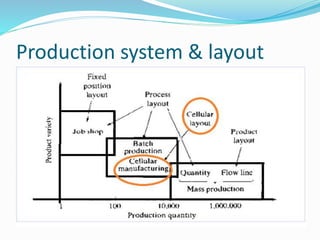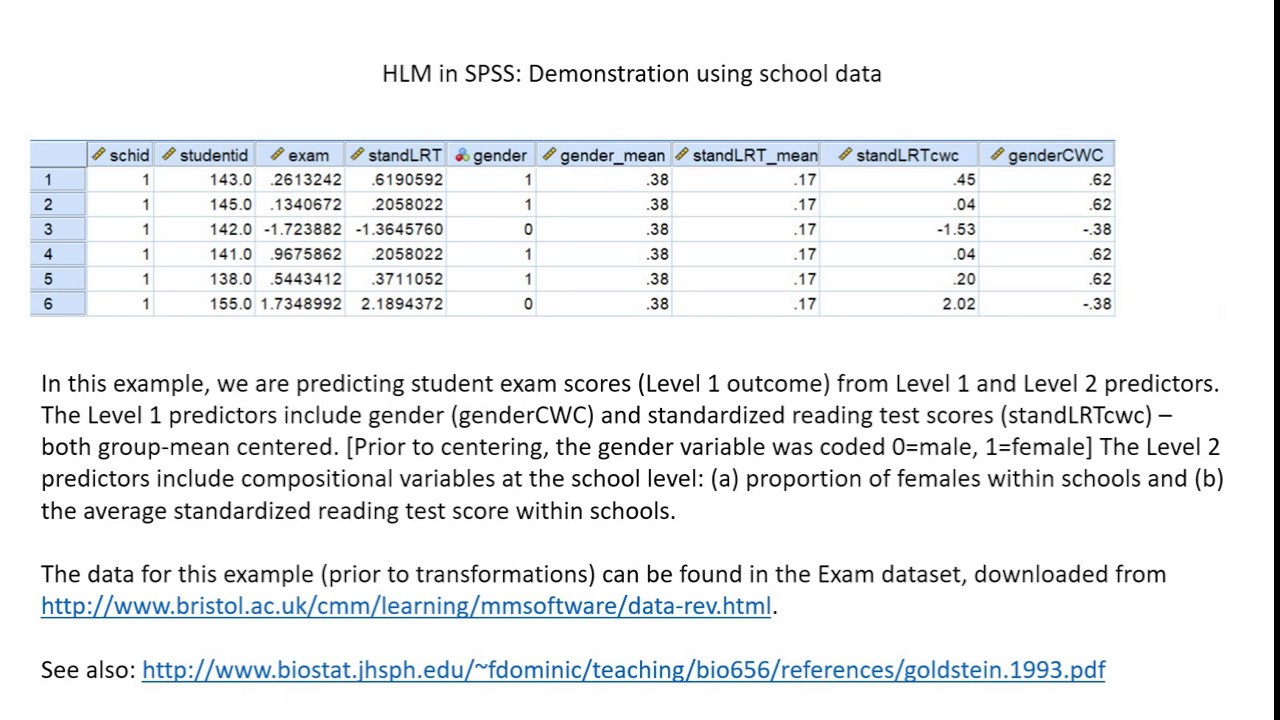
Heijunka was created originally by Toyota, a Japanese car manufacturer. This method reduces waste and ensures that production schedules are consistent with customer demands. It also reduces the amount of waste by eliminating dramatic fluctuations in production. Heijunka allows manufacturers to respond to customer needs and maximize their profits.
Heijunka involves the coordination of small production batches over multiple manufacturing lines. It helps to increase efficiency in multi-step production, especially when justin-time principles are applied. It is also part of Toyota Production System. It reduces production waste by leveling production volume and mixing products.

There are two ways you can implement Heijunka. The first is to use a heijunkabox, which is a grid made up of small boxes that can be fixed or mounted on a wall. It's a visual management tool that allows production staff to visualize and plan the production process. Another way to implement heijunka is with magnetic cards.
Toyota dealers use Heijunka to reduce changeover times. It is also the core method of Toyota's Lean framework. Heijunka can be used to improve production and inventory management. Heijunka helps to make better use of both labor and equipment. It facilitates a lean production system, which reduces waste. Customers will receive better products because of it.
The takt rate, also called the customer buying price, is essential in order to use heijunka. This is the amount of time it takes to complete a product to meet customer demand. Heijunka uses the Takt Time to determine the production speed. You can use the takt to determine the product quantity and the pace at which customers buy the company's products. The takttime can also be used in back-office settings to determine the customer's purchase pace.
Production personnel can visual plan and schedule the production process with the help of the heijunkabox. The heijunka is also useful for shop floor visualizations of the production process. Each product or component is represented by a row and column in the heijunka. The column of boxes represents each time period of the day, and the rows of boxes represent each product type.

Heijunka Box (or Heijunka Box) is one of most commonly used visual management tools in manufacturing. This tool displays the relationships between component and product production. It provides an overview of the production work load for the week. It is often used with kanban card, which are colored cards that show the quantity of product required to complete a particular step in production. Typically, kanban cards are taken from the heijunka box at a specified time, and are delivered to the appropriate production area.
FAQ
Do we need to know about Manufacturing Processes before learning about Logistics?
No. No. However, knowing about manufacturing processes will definitely give you a better understanding of how logistics works.
What are the jobs in logistics?
There are different kinds of jobs available in logistics. Some examples are:
-
Warehouse workers – They load and unload pallets and trucks.
-
Transportation drivers - They drive trucks and trailers to deliver goods and carry out pick-ups.
-
Freight handlers, - They sort out and pack freight in warehouses.
-
Inventory managers - They oversee the inventory of goods in warehouses.
-
Sales representatives: They sell products to customers.
-
Logistics coordinators are responsible for organizing and planning logistics operations.
-
Purchasing agents - They purchase goods and services needed for company operations.
-
Customer service representatives are available to answer customer calls and emails.
-
Shipping clerks – They process shipping orders, and issue bills.
-
Order fillers - They fill orders based on what is ordered and shipped.
-
Quality control inspectors: They inspect outgoing and incoming products for any defects.
-
Others - There are many types of jobs in logistics such as transport supervisors and cargo specialists.
What are manufacturing & logistics?
Manufacturing refers to the process of making goods using raw materials and machines. Logistics is the management of all aspects of supply chain activities, including procurement, production planning, distribution, warehousing, inventory control, transportation, and customer service. Logistics and manufacturing are often referred to as one thing. It encompasses both the creation of products and their delivery to customers.
What does it mean to warehouse?
Warehouses and storage facilities are where goods are kept before being sold. It can be an indoor space or an outdoor area. In some cases it could be both indoors and outdoors.
How can efficiency in manufacturing be improved?
The first step is to determine the key factors that impact production time. We then need to figure out how to improve these variables. You can start by identifying the most important factors that impact production time. Once you have identified the factors, then try to find solutions.
Statistics
- Many factories witnessed a 30% increase in output due to the shift to electric motors. (en.wikipedia.org)
- In the United States, for example, manufacturing makes up 15% of the economic output. (twi-global.com)
- [54][55] These are the top 50 countries by the total value of manufacturing output in US dollars for its noted year according to World Bank.[56] (en.wikipedia.org)
- According to a Statista study, U.S. businesses spent $1.63 trillion on logistics in 2019, moving goods from origin to end user through various supply chain network segments. (netsuite.com)
- You can multiply the result by 100 to get the total percent of monthly overhead. (investopedia.com)
External Links
How To
How to use 5S in Manufacturing to Increase Productivity
5S stands as "Sort", Set In Order", Standardize", Separate" and "Store". The 5S methodology was developed at Toyota Motor Corporation in 1954. It allows companies to improve their work environment, thereby achieving greater efficiency.
The basic idea behind this method is to standardize production processes, so they become repeatable, measurable, and predictable. It means tasks like cleaning, sorting or packing, labeling, and storing are done every day. Because workers know what they can expect, this helps them perform their jobs more efficiently.
Implementing 5S requires five steps. These are Sort, Set In Order, Standardize. Separate. And Store. Each step has a different action and leads to higher efficiency. For example, when you sort things, you make them easy to find later. When you set items in an order, you put items together. Once you have separated your inventory into groups and organized them, you will store these groups in easily accessible containers. Labeling your containers will ensure that everything is correctly labeled.
Employees need to reflect on how they do their jobs. Employees need to be able understand their motivations and discover alternative ways to do them. They must learn new skills and techniques in order to implement the 5S system.
In addition to increasing efficiency, the 5S method also improves morale and teamwork among employees. Once they start to notice improvements, they are motivated to keep working towards their goal of increasing efficiency.